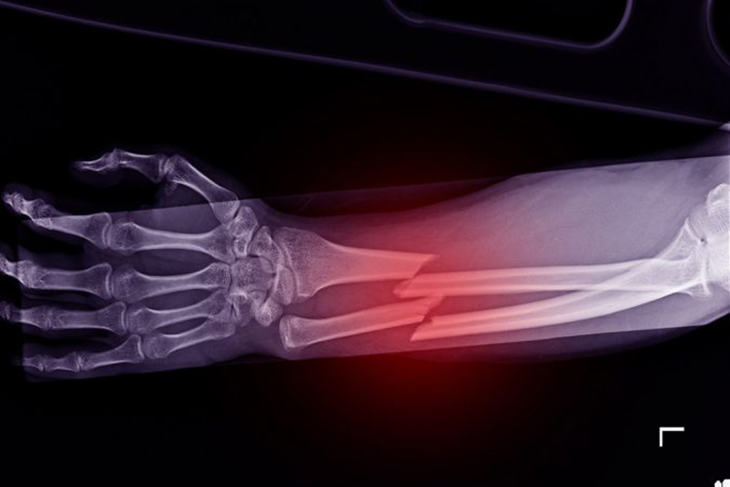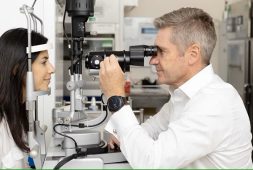
A revolutionary advancement in bone healing promises shorter recovery times and significant stronger bones, thanks to a new high-tech treatment method developed by Japanese scientists.
Using plasma irradiation, the researchers have unlocked the potential for faster and more robust healing of complex fractures, as demonstrated in successful tests on lab rats.
Traditional treatment for displaced or complex fractures often involves surgery and lengthy recovery periods, during which patients may be immobilized. Seeking to revolutionize this process, a team of scientists led by researchers at Osaka Metropolitan University (OMU) in Japan delved into the potential of non-thermal atmospheric-pressure plasma for medical applications, specifically in bone repair.
Their study, published in the journal PLoS One, revealed remarkable outcomes. Twenty-four lab rats with normal fractures, which typically heal relatively easily, were compared to a group of 20 rats with fractures known as “non-union,” where healing is often delayed or incomplete. While the irradiation didn’t offer significant advantages to the normal fracture group, it notably accelerated the healing and recovery time of the non-union fractures.
Moreover, the strength of the healed areas in the irradiated non-union group was approximately 3.5 times greater than that of the non-irradiated group. This indicates not only faster healing but also significantly reinforced bone structure, crucial for long-term recovery and stability.
Further insights from in vitro studies showed that cells irradiated with plasma for five to 15 seconds exhibited increased activity of a protein indicative of osteoblast differentiation. This suggests that the maturation of bone-forming cells was enhanced, contributing to the accelerated healing process observed in the animal trials.
“Collaboration between the medical and engineering fields creates new medical technologies that have never before existed,” said Associate Professor Hiromitsu Toyoda.
“In the future, combining this treatment method with current fracture treatments is expected to contribute to more reliable bone fusion and shorter recovery times.”
The implications of this research are profound. By harnessing the power of plasma irradiation, medical professionals may soon be able to offer patients with complex fractures a faster and more effective path to recovery. This could potentially reduce the need for invasive surgeries and prolonged immobilization, improving overall patient outcomes and quality of life.
The use of non-thermal atmospheric-pressure plasma in bone healing represents a promising frontier in medical technology, with implications beyond fracture treatment. Its tissue repair capacity open doors for applications in various medical fields, offering hope for more efficient and advanced treatments for a range of conditions.
As this groundbreaking research continues to progress, it holds the potential to revolutionize orthopedic care and transform the way we approach bone healing, ultimately benefiting patients worldwide with faster healing times and stronger, more resilient bones.



